Finance KPIs
Every commercial organization exists to make a profit, and the financial health of an organization is essential to its success. Financial health is not a singular parameter. It is made up of numerous variables, which can be measured and tracked using KPIs.
What are Financial KPIs?
Financial KPIs are key metrics that can help measure financial performance of the organization at-a-glance. Financial KPIs may include metrics related to expenses, debt, investments, assets and liabilities, profits, revenues and other important financial outcomes of the organization. Tracking all the important financial KPIs gives insights about the financial health of the organization and helps the leadership team make major business-critical decisions in a timely manner without having to micro-manage smaller issues.
Types of Financial KPIs
There are five categories of financial KPIs. They are:
- Profitability KPIs
- Liquidity KPIs
- Efficiency KPIs
- Valuation KPIs
- Leverage KPIs
These categories encompass numerous financial KPIs that measure performance of your business. However, choosing the best KPIs for your business requires a deeper understanding of different financial KPIs and the ability to track each metric and determine whether they matter to your business strategy. Only then you can prioritize your top KPIs that help you produce the best outcomes for the organization.
Important KPIs and metrics to track financial performance
Following are the important KPIs that you need to know about, in order to maintain the financial health of your organization.

Sharpe Ratio
In order to be sound in your financial goals, you need to have a great source of knowledge on every...
Read more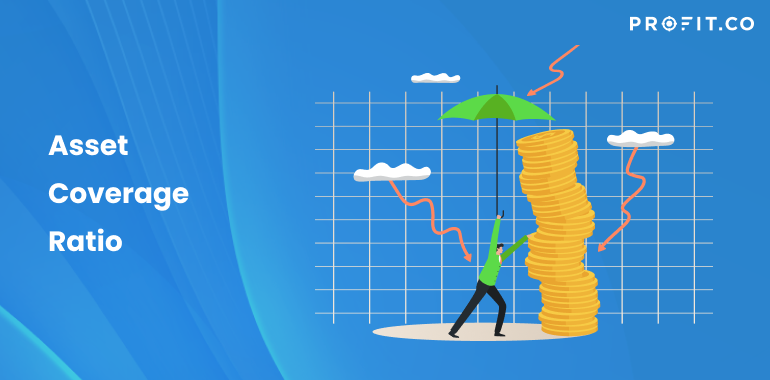
Asset Coverage Ratio
This article covers the far-reaching topic of the asset coverage ratio. We’re talking about a risk measurement whose aim is...
Read more
Return on Assets
The return on total assets can show if the managing team is effective at earning money from the company’s assets...
Read more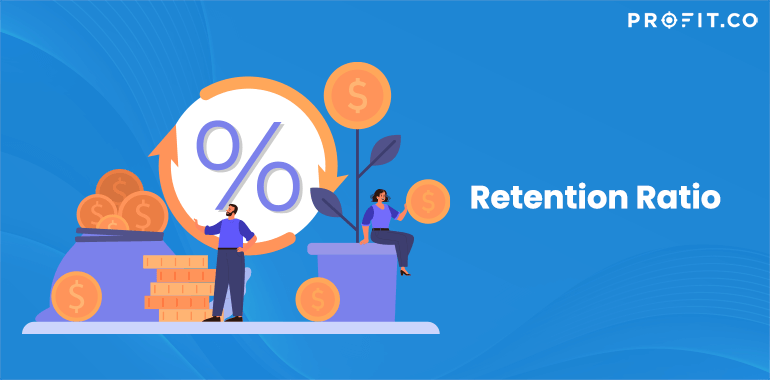
Retention Ratio
The retention ratio or plow back ratio is the calculation that shows you exactly what percentage of your net income...
Read more
Residual Income
Residual income refers to the amount of money that is left after all the expenses have been paid for a...
Read more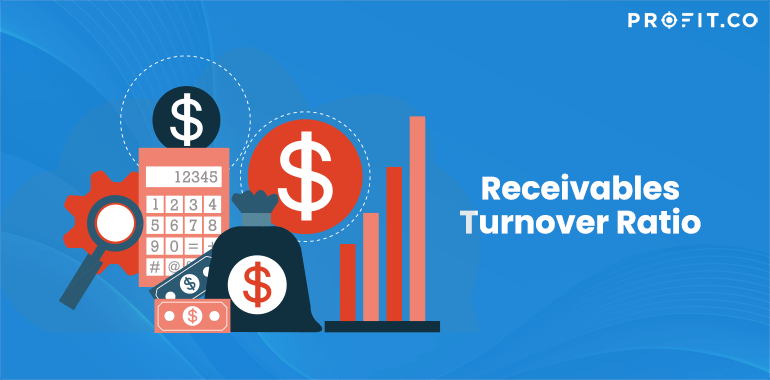
Receivables Turnover Ratio
To start with, the accounts receivable turnover represents an efficiency ratio. Thus, its main purpose is to assess the number...
Read more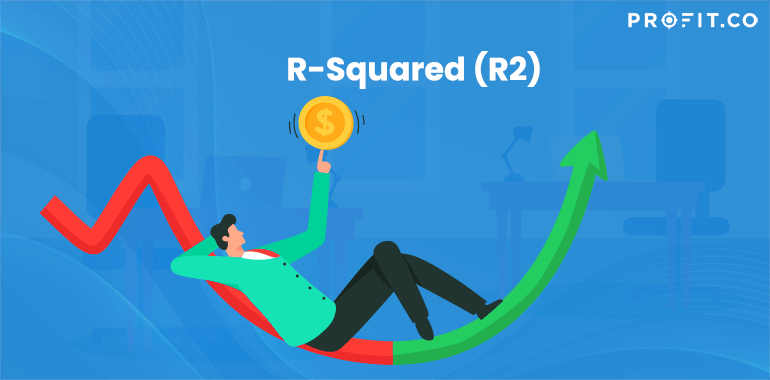
R-Squared (R2)
Also known as the coefficient of determination, r-squared is the statistical measurement that comes from the correlation made between the...
Read more
Quick Ratio – Acid Test
The quick ratio, also known as acid test ratio, is used to measure a company’s ability to pay off its...
Read more
Profit Margin Ratio
In order to measure the amount of net income earned by a company with each dollar sales that are generated...
Read more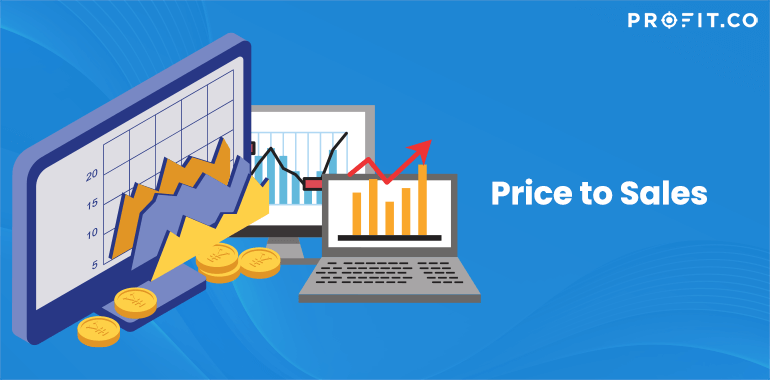
Price to Sales
Also a financial metric, the price to sales ratio is used to measure the value that the investors put on...
Read more
Price to Earnings P/E Ratio
In today’s post, we’d like to focus our attention on the price to earnings ratio. This is a prospect ratio...
Read more
Price to Cash Flow
The price of a company is compared to the underlying cash flow by using the Price to Cash Flow profitability...
Read more
Price to Book Ratio
The price to book ratio is renowned as an important financial valuation tool. Essentially, it is utilized in an attempt...
Read more
Present Value (PV)
The present value is, many times, referred to as the discounted value – and it a widely used financial formula....
Read more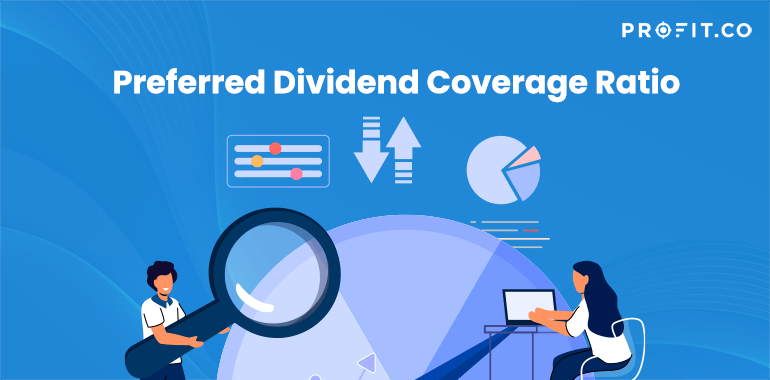
Preferred Dividend Coverage Ratio
This article will focus on presenting the specifications of the preferred dividend coverage ratio. This ratio assesses a corporation’s financial...
Read more
Payback Period
The payback period is a financial capital budgeting method that estimates the amount of time needed for an investment to...
Read more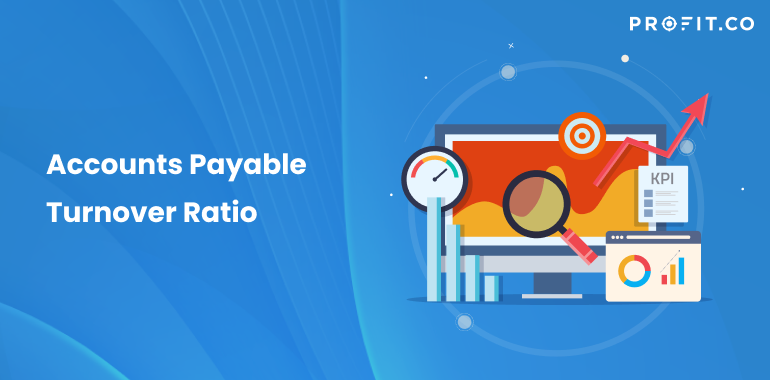
Accounts Payable Turnover Ratio
The accounts payable turnover ratio is a liquidity ratio that indicates the ability a company has to repay its accounts...
Read more
Operating Leverage
If you’ve accessed this page, you are probably eager to find out more about operating leverage. Well, operating leverage is...
Read more
Operating Income
If you clicked on this article, you’re probably interested in operating income and what it means. Well, it will tell...
Read more
Operating Cash Flow
If you’re a beginner when it comes to finances, you would probably want to know what the operating cash flow...
Read more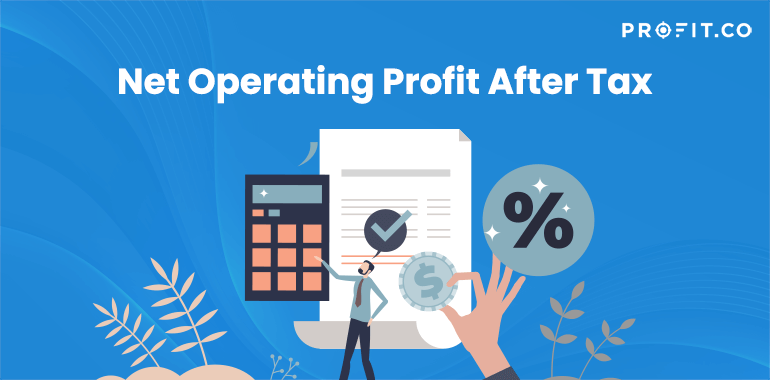
Net Operating Profit After Tax
If you wanted to know what the Net Operating Profit after Tax is and how it works, you came to...
Read more
Net Working Capital
Ever heard the term “networking capital”, but you didn’t know what it means? If that’s the case, this article comes...
Read more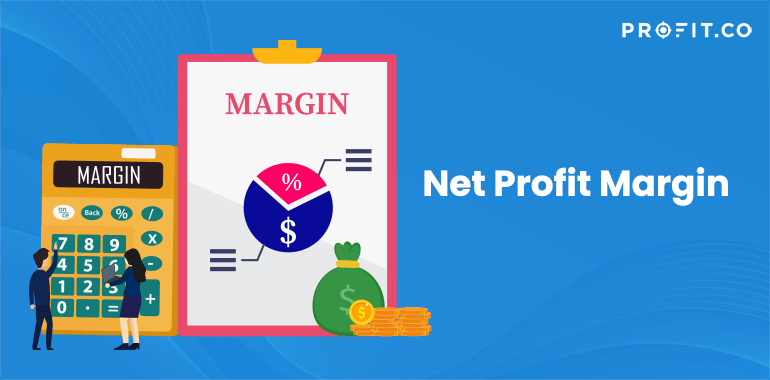
Net Profit Margin
The net profit margin is used to find out whether a business is poorly managed and to see future profitability....
Read more
Net Present Value (NPV)
The net present value is used to calculate the difference between the cash inflows and outflows of a potential investment...
Read more
Net Operating Income
If you work for a real estate agency, you may have heard about net operating income. This is a profitability...
Read more
Net Interest Margin
How well you administer your money is mainly up to you. However, the net interest margin ratio is a term...
Read more
Net Income
Net income also known as bottom line or net profit- is the amount of money that remains after you pay...
Read more
Net Fixed Assets
Ever wondered how much 100 gums cost 20 years ago compared to today? Such calculations are simple, but for a...
Read more
Return on Capital Employed
To better understand what the return on capital employed means, first we need to understand what the capital employed is....
Read more
Long Term Debt to Assets
When it comes to being in debt, no one likes that, especially companies, where “profit” is the most used word....
Read more
Marginal Revenue
This is a term used in microeconomics, and it’s quite a well-known formula. However, in order to get a better...
Read more
Margin of Safety
Everybody needs to break even, so this ratio will give you the insight of what goes too much or too...
Read more
Loan to Value
Abbreviated as LTV, the loan to value ratio is a risk assessment measurement. It is used to calculate the amount...
Read more
Internal Rate of Return
The internal rate of return, also abbreviated as IRR, is used to identify which future projects or capital investments will...
Read more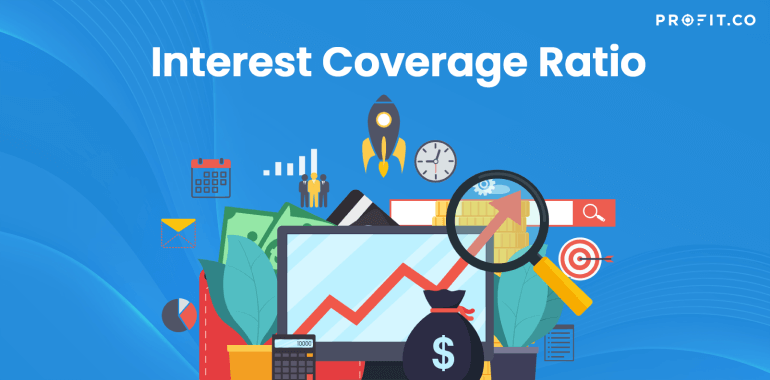
Interest Coverage Ratio
The financial ratio known as interest coverage ratio determines whether a company is able to make interest payments on its...
Read more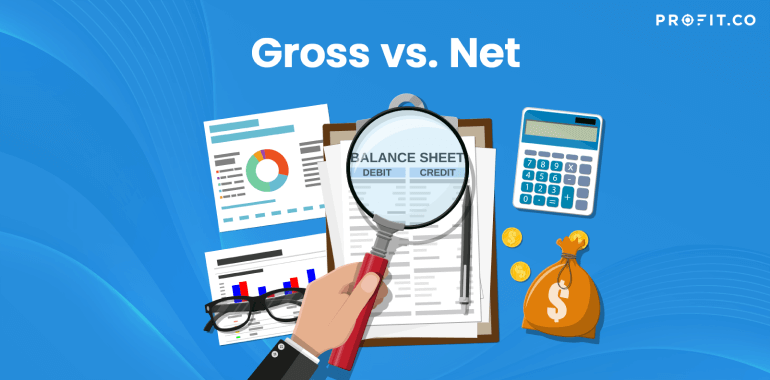
Gross vs. Net
Gross and net usually refer to income and it is also something that seems quite difficult to understand for some...
Read more
Gross Profit
The profitability ratio called gross profit (also known as gross profit margin) is used to calculate the percentage of sales...
Read more
Goodwill to Assets
The financial measurement called goodwill to assets is used to compare the intangible assets of a company – like a...
Read more
Free Cash Flow
Usually abbreviated as FCF, the Free Cash Flow is an efficiency as well as a liquidity ratio. It calculates how...
Read more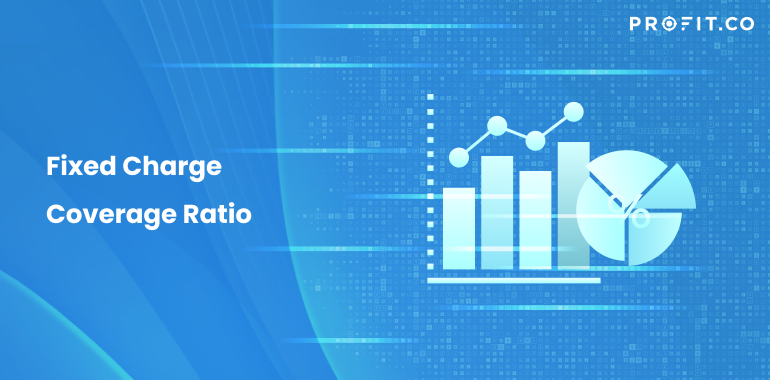
Fixed Charge Coverage Ratio
Whether a company is able to pay off its fixed charges or expenses with its own income or not –...
Read more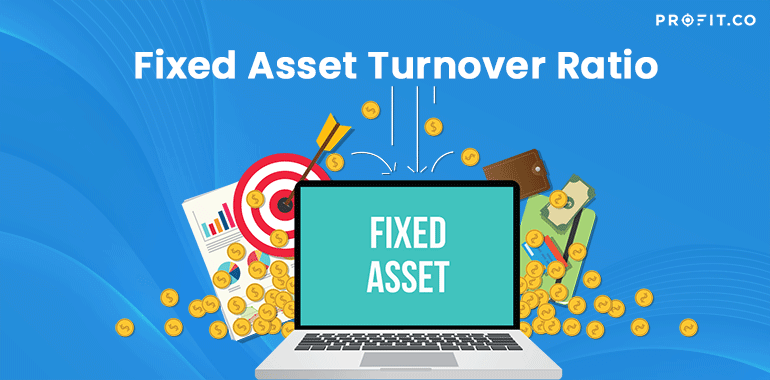
Fixed Asset Turnover Ratio
If you’re wondering what this ratio is, you’re just about to find out. It’s an efficiency ratio that measures a...
Read more
Return on Equity
Before we engage in explaining the formula, you need to know what the difference between a shareholder and a stakeholder...
Read more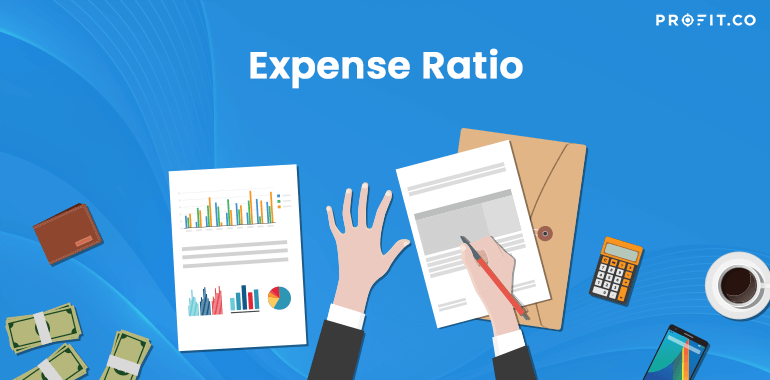
Expense Ratio
Have you heard the term “expense ratio”, but it confused you? In that case, you’ve come to the right place,...
Read more
Return On Invested Capital
If you are the accountant of a business, there are certain things that you may want to keep in mind...
Read more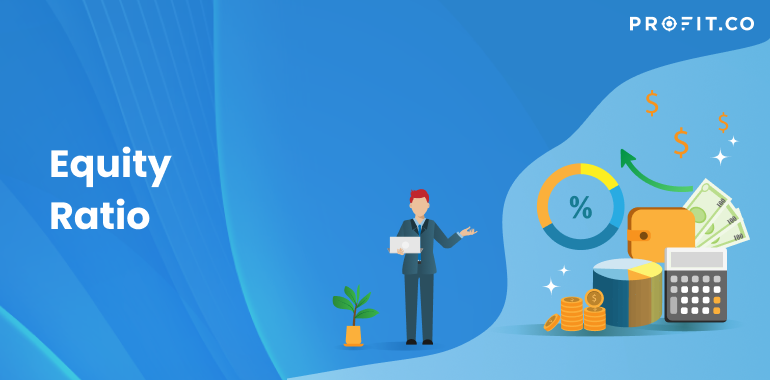
Equity Ratio
An equity ratio calculates the number of assets financed by owners’ investments. Basically, it does so by comparing the total...
Read more
Return on Investment
As an investor, you will want to know that the company you are placing your bets on will bring a...
Read more
Return On Net Assets
RONA - It may sound like some fancy name for a fancy person, but it’s actually the name of a...
Read more
Equity Multiplier
You may be wondering what equity multiplier means. Well, it’s a leverage ratio that basically measures the part of the...
Read more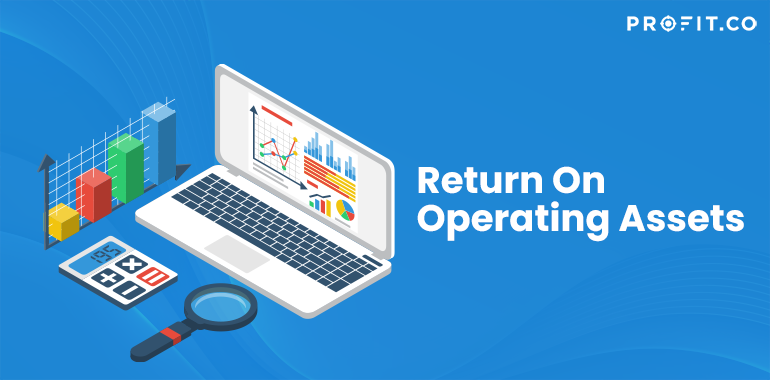
Return On Operating Assets
A company needs a fair number of operating assets in order to continue functioning. This is practically what keeps the...
Read more
Return On Retained Earnings
The amount of money you allocate for the growth of the company tells a lot about the growth potential of...
Read more
Return on Sales
This financial ratio is used to show how efficient a company is at using its revenue in order to generate...
Read more
Rule of 72
If you want to see for how long you have to invest your money in order to double it, with...
Read more
Sales to Admin Expenses
This efficiency ratio is used to measure if a company is efficient at managing its non-operating expenses in order to...
Read more
Enterprise Value explained
The enterprise value (EV) is a direct representative of the economic value of a company – in other words, how...
Read more
The basics of EBITDA
When you want to understand how a certain company thrives in a particular industry, you need to have certain formulas...
Read more
Sortino Ratio
The Sortino ratio is an alternative to the Sharpe ratio, as it isolates the effects volatility has on investments. This...
Read more
EBITA and how It works
EBITA, short for Earnings Before Interest Taxes and Amortization, is a formula that calculates the operational profitability of a company...
Read more
Times interest Earned Ratio
Also called the interest coverage ration sometimes, the times interest earned ratio is a coverage ratio. It can calculate the...
Read more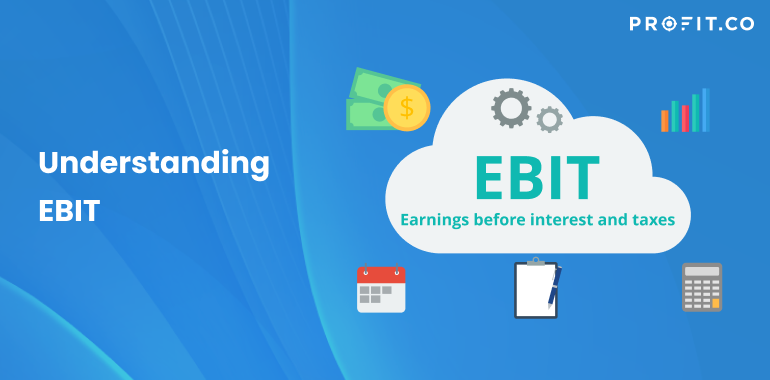
Understanding EBIT
Shortened from Earnings before Interest and Taxes, and also referred to as the operating income, is an equation that measures...
Read more
Treynor Ratio
Also known as the reward to volatility ratio sometimes, the Treynor ratio is basically a risk assessment formula. It can...
Read more
DuPont Analysis – The Basics
While the name may sound very fancy, this is actually a crucial method to understand the finance point of a...
Read more
Dividend Yield
Every fundamental analysis tool works differently for every investor – so in order to understand the stocks, you need to...
Read more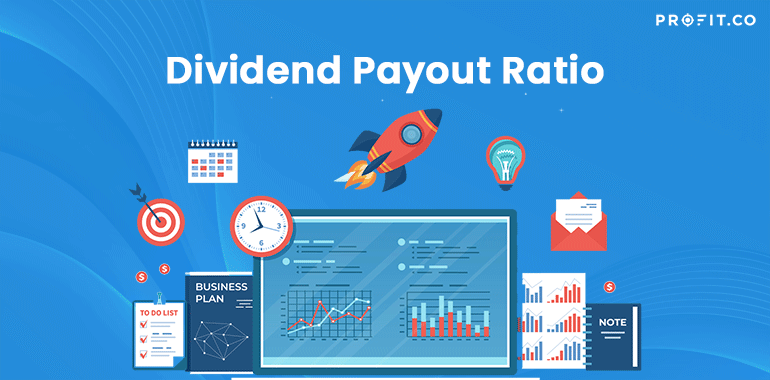
Dividend Payout Ratio
The DPR (Dividend Payout Ratio) is the dividend amount that has been given to shareholders as payment – and which...
Read more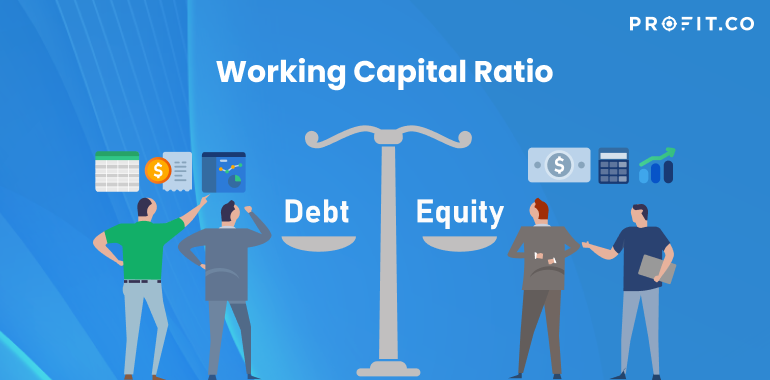
Working Capital Ratio
If you’re here, it’s because you are most likely curious about what the working capital ratio is and how it...
Read more
Defensive Interval Ratio (DIR)
The defensive interval ratio is considered to be one of the most valuable liquidity ratios. Expressly, it focuses on calculating...
Read more
What Is the Debt to Income Ratio?
The debt to income ratio is considered to be a valuable number – some people even say that it is...
Read more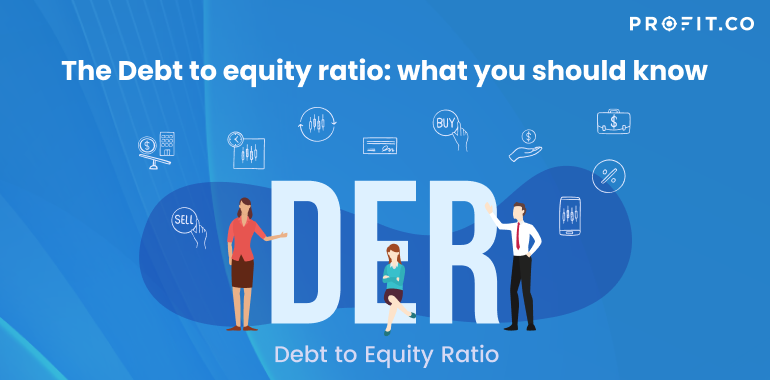
The Debt to equity ratio: what you should know
The debt to equity ratio is another important liquidity ratio. Fundamentally, it compares a firm’s total debt in relation to...
Read more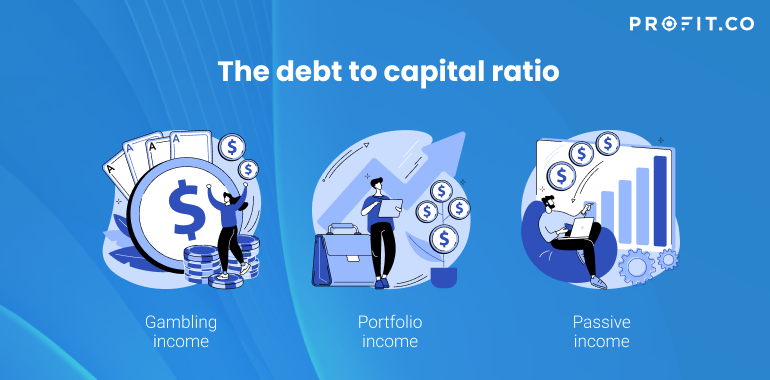
The debt to capital ratio
An important liquidity ratio, the debt to capital ratio measures a company’s strategy when it comes to using its financial...
Read more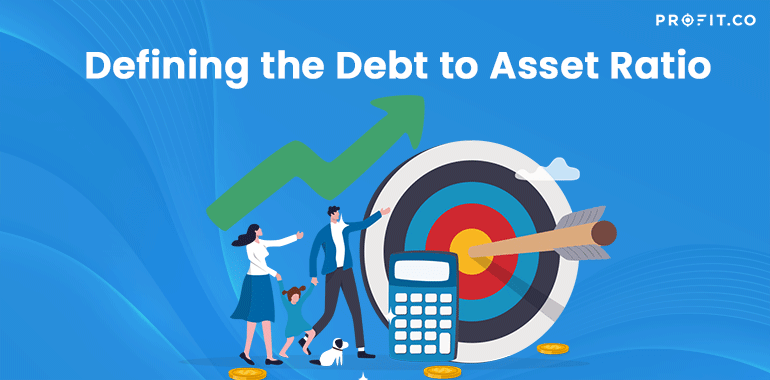
Defining the debt to asset ratio
To begin with, the debt to asset ratio could be defined as a leverage ratio, calculating the total amount of...
Read more
The Debt Service Coverage Ratio (DSCR)
The debt service coverage ratio is another financial ratio that provides insight into a company’s financial situation. Expressly, it determines...
Read more
Debt Ratio
Today, we will concentrate our attention on the debt ratio – a solvency ratio whose purpose is to measure a...
Read more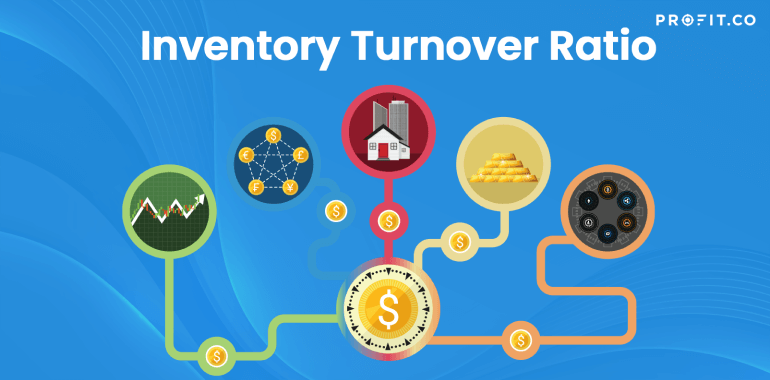
Inventory Turnover Ratio
Now we’ll look into the efficiency ratio that is the inventory turnover ratio. This ratio is used to determine whether...
Read more
Days Sales in Inventory
How many days will it take for your company to sell its entire inventory? Well, if you have no idea,...
Read more
Days Payable Outstanding
This financial ratio compares the cost of sales, accounts payable, and the number of bills that remain unpaid in order...
Read more
Current Ratio
The current ratio refers to a company’s ability to use its current assets in order to pay off its short-term...
Read more
Cost of Goods Sold
Also abbreviated as COGS, the cost of goods sold measures the direct costs that were sustained during the production of...
Read more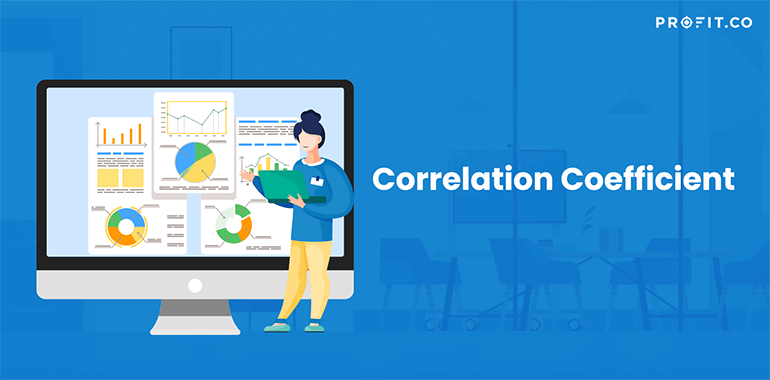
Correlation Coefficient
The statistical measure of the association or dependence of two numbers is known as the correlation coefficient. Also known as...
Read more
Contribution Margin
The difference between a company’s total sales revenue and variable costs is also known as a contribution margin. Sometimes used...
Read more
Cash Ratio
A company’s ability to pay off its current obligations with cash equivalents or cash only is determined with the help...
Read more
Cash Flow Coverage Ratio
Naturally, a company must be able to pay off its obligations with the operating cash flows it has. This ability...
Read moreCash Earnings/ Share
A company’s financial performance can be measured by using a certain profitability ratio, namely, Cash EPS, which is more commonly...
Read moreThe Cash Conversion Cycle
The odds are that you’ve stumbled across the term cash conversion cycle, and you want to comprehend its individual specifications....
Read more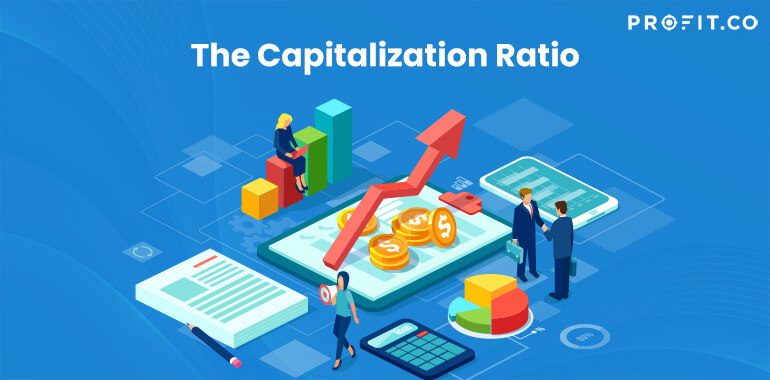
The Capitalization Ratio
The capitalization ratio, also referred to as the cap ratio, represents a financial ratio that measures a firm’s solvency. It...
Read more
Break-Even Point Analysis
To start with, the break-even point analysis represents a measurement system that determines the margin of safety. It does this...
Read more
Average Payment Period – The Specifics
Also known as an important solvency ratio, the average payment period (APP) assesses how much time it takes for a...
Read more
Average Inventory Ratio
The purpose of this article is to explain the characteristics of the average inventory ratio, how to calculate the ratio,...
Read more
Asset Turnover Ratio: The Basics
The asset turnover ratio is a widely used efficiency ratio that analyzes a company’s capability of generating sales. It accomplishes...
Read more
Accumulated Depreciation Ratio Explained
In today’s post, we will focus on explaining the specifics of the accumulated depreciation ratio. We’re talking about a fixed...
Read more




